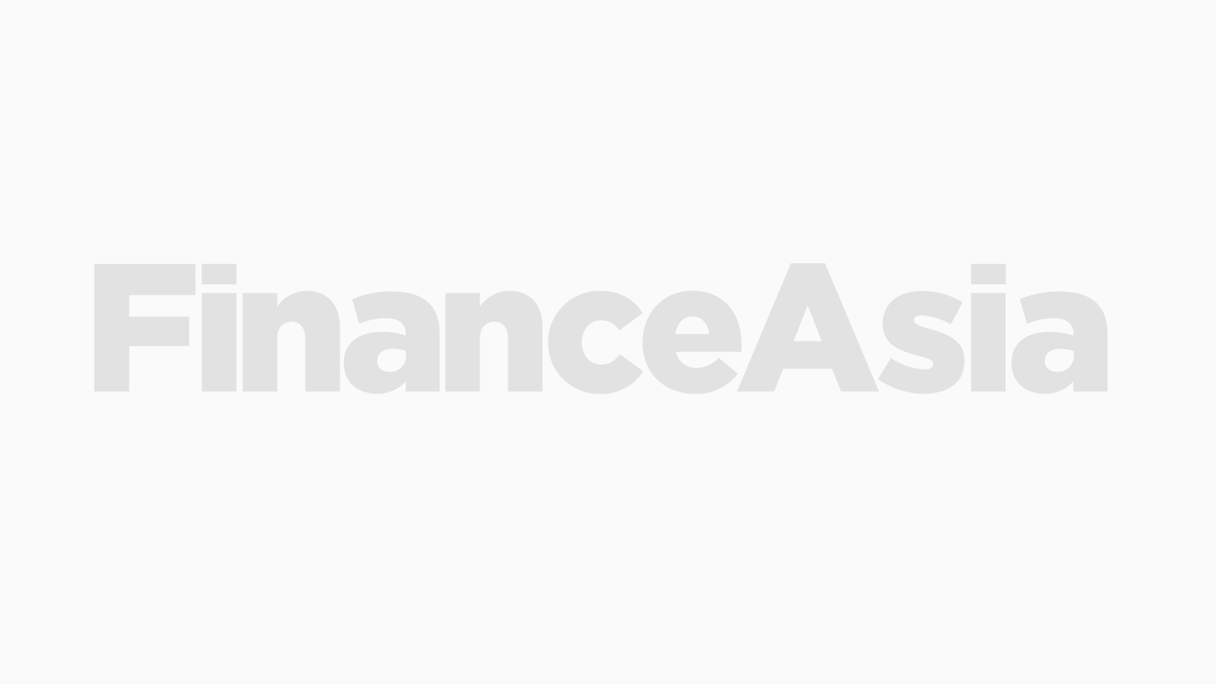The US investment bank re-gained its stranglehold over business in TSMC's name last night (Tuesday) winning an auction to place out 20 million ADR's for Taiwan's National Development Fund. In doing so, it is believed to have beaten four other banks comprising Deutsche Bank, Merrill Lynch, Salomon Smith Barney and UBS Warburg.



